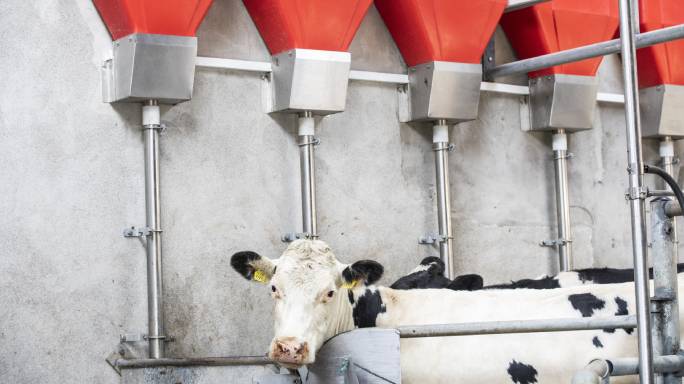Avoiding high iodine levels in Milk

Iodine is an essential nutrient for both animals and humans but is required only in minute quantities daily.
Excess iodine is not stored in a cow and is effectively of little value to the farmer or the cow. Excess is excreted by the cow in urine or milk. Avoiding excess levels of Iodine is a critical issue for dairy products especially for infant formula production and levels are now well controlled and recognised across the Irish dairy industry.
Iodine is needed by the thyroid gland and is noted for links to thrive and fertility in both humans and animals. Traditionally, Ireland has had a higher level of Iodine in raw milk than other countries.
In 2017 Teagasc issued new recommendations to aim for Iodine levels in total for cows of 10 – 12 mg/cow / day. Extra iodine supplied to cows cow is excreted in urine and milk. Excess iodine is not stored in a cow and is effectively of little value to the farmer or the cow.
Checklist to investigate where high iodine levels could be originating from in milk samples:
- Ensure you are not using iodine based teat disinfectant
- Check what your feeding level is – minerals should not be contributing more than 12 mg / cow per day
- Ensure you are not supplementing on top of feed by adding in iodine from boluses / water supplements / pour-on products.
For further information please contact your Milk Supply Manager or feed nutritionist for One-On-One advice and assistance. Further information can be found on our Iodine levels in Milk Quality Factsheet (part of our Milk Quality Factsheet series) HERE
First Published 26 February 2023
Tagged with: Dairy